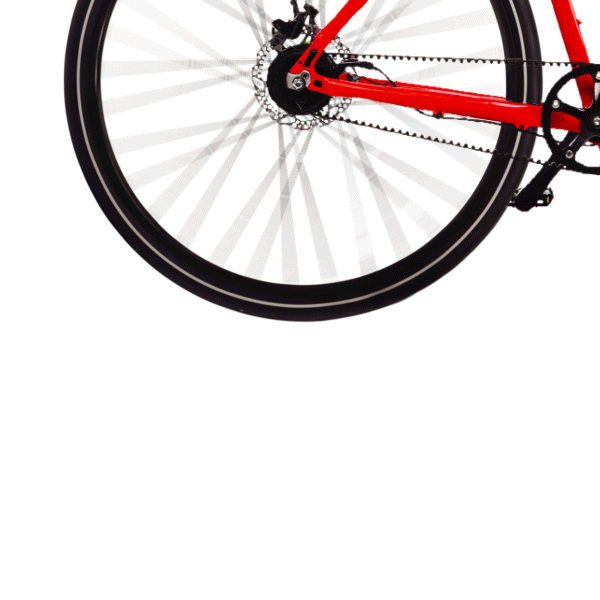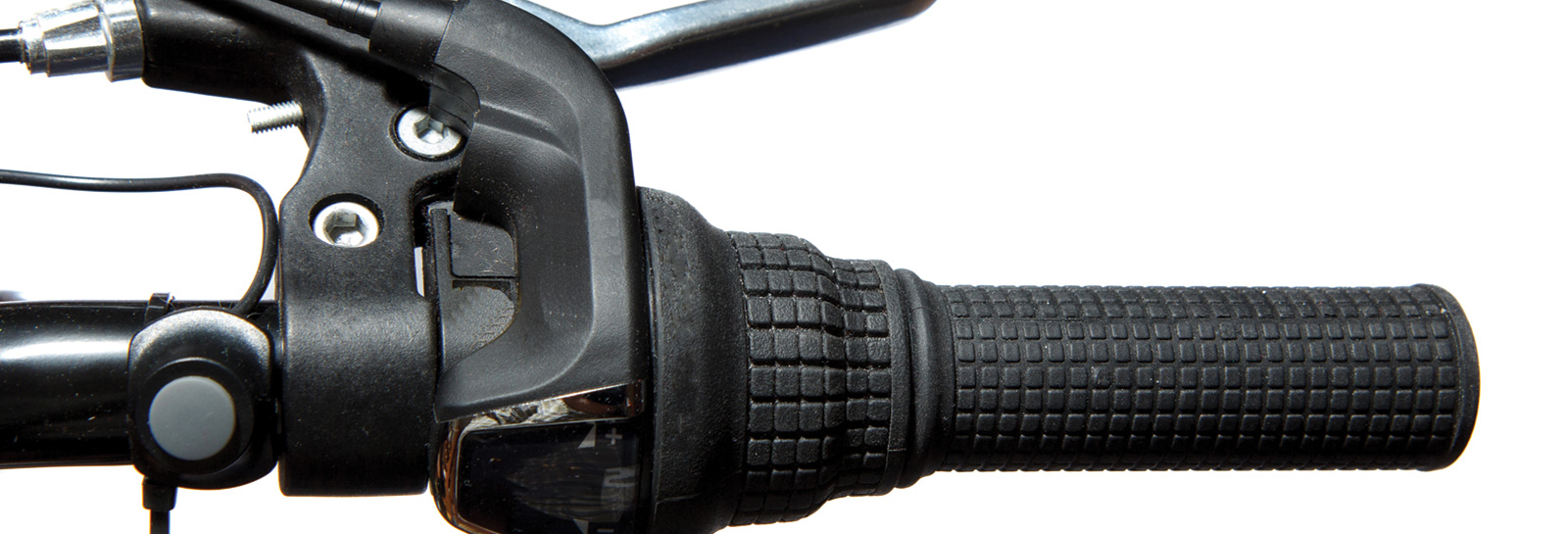If you’ve got a story to tell and thought leadership is your content marketing mantra, there’s no better format than a content hub.
That’s because content hubs are the heart and soul of a brand’s data-driving, editorially innovative, audience-hustling content marketing program. It’s your brand storytelling meet-up, your online home for visitors new and old, your content lab for innovation.
Let’s break down the benefits of the mighty C hub.
Brand authority
Content hubs showcase your industry expertise and insider access in a singularly authoritative way. How smart, comprehensive and ahead of the competition is your brand? The answer lies in your hub, where your audience can easily access the best, most relevant and most complete—and we mean complete—range of topics, verticals and formats your brand chooses to offer. All your expertise is on full display. That’s thought leadership at its best.
Centralized experience
A defining element of content hubs is that no matter the content source or format—article, infographic, social, UGC, white paper, YouTube video, whatever—it all lives in your centrally organized, beautifully designed, UX-optimized hub. The user is happy and the host brand is happy, because the content makers can easily manage and optimize the front end from one CMS. The back end is seamlessly managed via one dashboard with access to all the analytics.
User personalization
Relevance rules. And one of the most important benefits of content hubs is users’ ability to filter their content desires. This allows brands to present a comprehensive range of the topics, pillars, related CTAs and tags that further your brand’s thought leadership cred, across a rich range of formats, topics, platforms and channels. Is your user a visual learner? Offer her a video or infographic. Another prefers long-form? Guide him to white papers and articles. A blog is more of a one-way conversation, starring you. A content hub offers up your smarts in a way that’s more about them: your end users. Ultimately, that will be better for both of you.
Audience buy-in
Good design matters. And delivers. Successful content hubs take design inspiration from modern media experiences relevant to the world of your audience. Where do your readers go for news and entertainment when they’re not thinking about you or work? Take a cue from that. The goal is to have visitors arrive and instantly feel that you “get” them because you’re offering an experience that seems so oddly familiar. Which is why, if you get it right, they’ll instantly find themselves trusting you—subconsciously, of course. Offering them a media-like content experience announces: “Don’t worry: I’m giving you something. I’m not trying to sell you anything—yet.” Plus, search engines reward collections of well-designed pages intelligently linked to each other and that offer quality content. Which means that your audience has a greater chance of being served your beautifully designed content experience as an official SERP response to its Googling.
Back-end control
Good news! You don’t have to bug dev for every pesky little content-design thing. Because a content hub is powered by a content-optimized CMS, your team has more levers to pull. This means content creators can handle a wider variety of inputs. And your analyst has just one dashboard to track—no more having to go pull data from different accounts for social, YouTube, blog, podcast, white paper downloads, CRM and so on. A content hub organizes all your data inputs into one centralized dashboard. Plus, the more your users click around the hub, the smarter your brand gets about their needs and wants. That way, you can serve them more relevant, personalized content via targeted e-newsletters and on future hub visits. All power goes to you.
Relationship drivers
Content hubs are relationship powerhouses. Per a 2016 Demand Gen Report study, nearly half of buyers view three to five pieces of content before they’re ready to talk to a rep. By design and function, content hubs were created to deliver these touch points. They’re built to skillfully suck in your target audience and tease them along the content continuum, guiding them from, say, article to video to newsletter to white paper to—ta-da!—your ultimate success-metric CTA. If you get the give value/take value dance just right, you provide so much quality, contextual expertise and positive UX to your audience, they forget you’re trying to sell them something. They’re hooked.
Lead generation
Are you one of the 74 percent of marketers that HubSpot says cite lead conversion as nirvana? Behold the content hub. By very definition, a C hub uses content experiences to skillfully hustle audiences through the funnel. As it moves them from awareness to conversion, a brand can choose to reveal or withhold high-value content in exchange for commitments, such as email address, opinions or membership renewal. Because of their interlinked front and back ends, content hubs can be lead-gen gold.
Measurement & distribution

Like J Lo, the C hub has a beautiful back end. Content hubs make it easy for brands to track metrics across channels and platforms in one unified dashboard. This helps brands improve content experiences, stay connected to users, get smarter about their business prospects, and distribute brand value across e-newsletters, paid and personalized future touch points.
Moneymakers
Content hubs are right at home hosting third-party advertising, sponsored partnerships and native advertising. Their organization reinforces church-and-state separation by allowing brands to label revenue-generated vs. editorially “clean” content. Transparency and trust are cornerstones of thought leadership easily delivered by content hubs’ flexible design and media-like environment.
This is part two in our ongoing series on content hubs:
- Part 1: Why the content hub is a content marketing powerhouse
- Part 2: The 9 benefits of content hubs for your brand
- Part 3: The checklist—is a content hub right for you?





